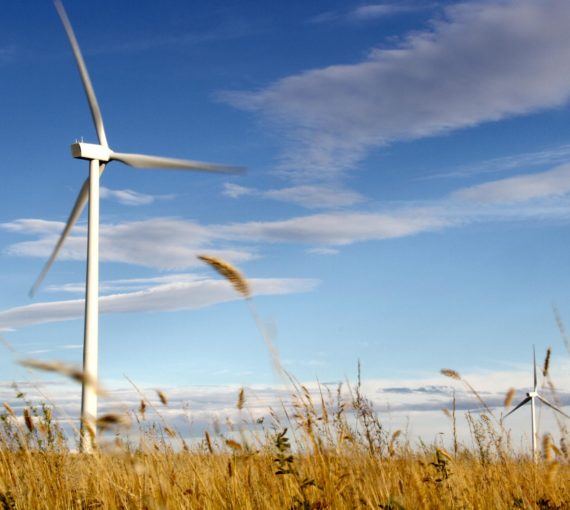
Our climbing team needs to work together and can’t abandon anyone on the way. Climate action requires all parties to put aside partisan differences and act for the greater good..
The election dust is settling, and almost 70 per cent of Canadians chose parties with strong climate policies. But how we reach our target, and even what that target is, have yet to be decided.
Imagine leading an expedition up K2, one of the most challenging climbs in the world. You have a map and a limited climbing season, but other details—like the route, team, equipment and safety scenarios—aren’t decided. Climbing a mountain is like tackling climate breakdown: a formidable task with much risk but possible with the right plan.
We know the forecast. Thanks to the unified voice of scientists, what will happen if we don’t drastically reduce carbon emissions within 11 years couldn’t be clearer. The voices of climate denialism, which have delayed action for decades, are shrinking, and polls tell us climate change was a top election issue for Canadians.
To effectively hit zero emissions in such a limited time, we’ll need to leapfrog over these incremental improvements and go straight to zero-emission technology, like heat pumps or electric ferries.
What route will Canada pick to ascend the mountain? It’s tempting to start with the easy steps we’re most familiar with: swapping out an old oil furnace for a high-efficiency one or replacing a ferry’s diesel engine with one that uses compressed gas. While these kinds of actions reduce emissions, they also take us to a false summit we’ll have to descend again on our way to the true peak. To effectively hit zero emissions in such a limited time, we’ll need to leapfrog over these incremental improvements and go straight to zero-emission technology, like heat pumps or electric ferries.
Many smaller steps and going in the right direction get us closer to the summit. Zero-emission vehicle mandates, like those in B.C. and Quebec, create incentives for a quicker transition to electric and fuel cell cars, trucks, and buses. Bringing in cleaner fuel regulations and vehicle standards drives down emissions from the polluting transportation sector. Setting fees for driving into cities at peak times and building connected neighbourhoods with affordable transit nearby lowers carbon footprints.
We also need easy actions that move us up quickly. The International Energy Agency says energy efficiency alone could bring in more than 40 per cent of the emissions reductions needed by 2040 to meet Paris Agreement targets.
Provinces are bringing forward plans to regulate methane pollution from oil and gas, one of the most potent climate-altering gases. But now it’s time to be bolder.
Transitioning energy systems through investing in renewable energy, spurring clean technology innovation by making polluters pay and electrifying our power systems will have big climate payoffs and are supported by energy scenarios needed to bring us to net-zero emissions by 2050. Many details, like how provinces could move toward sharing clean energy resources, remain to be worked out. Policies like escalating the price on carbon pollution and removing exemptions for heavy polluters are cornerstones for effective action.
A climbing team needs leaders. Calls for bold climate action are being led by young people, who have most at stake as our rapidly heating planet threatens their very survival. Indigenous communities are already leading the transition to clean energy. Their leadership will be essential in determining how and where new clean energy, like solar and wind, is located. Clean energy and technology companies are taking up the challenge by creating new jobs, with numbers already much higher than those in the oil and gas industry.
Climate action requires all parties to put aside partisan differences and act for the greater good—for all Canadians.
Our climbing team needs to work together and can’t abandon anyone on the way. Climate action requires all parties to put aside partisan differences and act for the greater good—for all Canadians. Some Canadian provinces will need more support as they transition to new energy systems and leave behind those, like coal, that are imperilling our lives.
Just as we wouldn’t climb a mountain today with equipment from the 1950s, we won’t reach our climate targets if we continue to expand legacy fossil fuel infrastructure. According to the International Monetary Fund, in 2015 alone Canada subsidized the fossil fuel industry to the tune of $1,650 per Canadian. That’s irrational in the face of a climate emergency. Divesting from companies and pension funds that continue to invest in fossil fuels is also essential.
Staving off disastrous climate change can feel like an overwhelming task. But if we tap into our strengths—our knowledge, ingenuity and ability to work together—and follow an ambitious and achievable route that avoids false summits and false starts, we can make it. At one time, people thought K2 was impossible.
This op-ed was originally published in the Hill Times.
Our Work
Always grounded in sound evidence, the David Suzuki Foundation empowers people to take action in their communities on the environmental challenges we collectively face.



